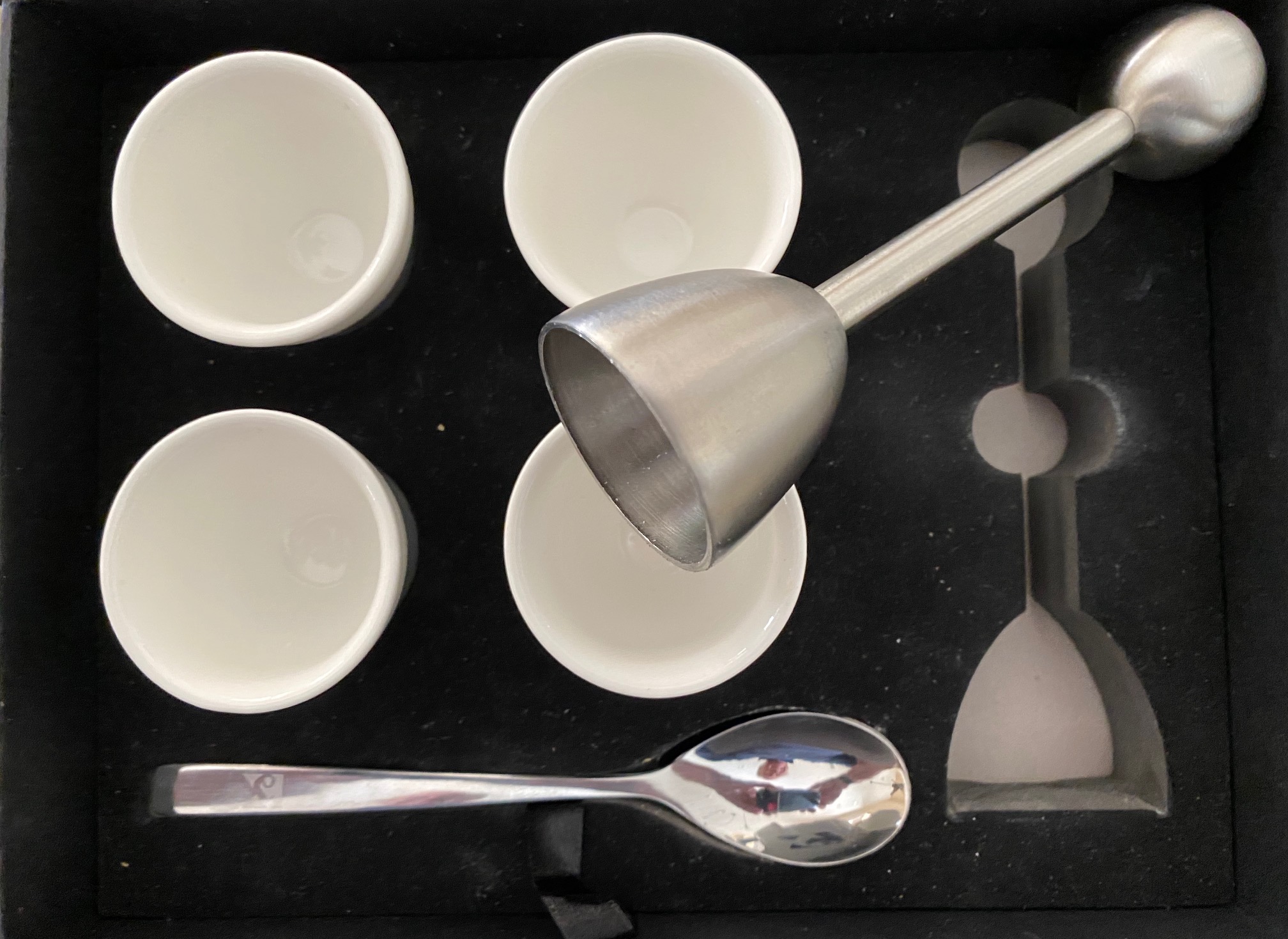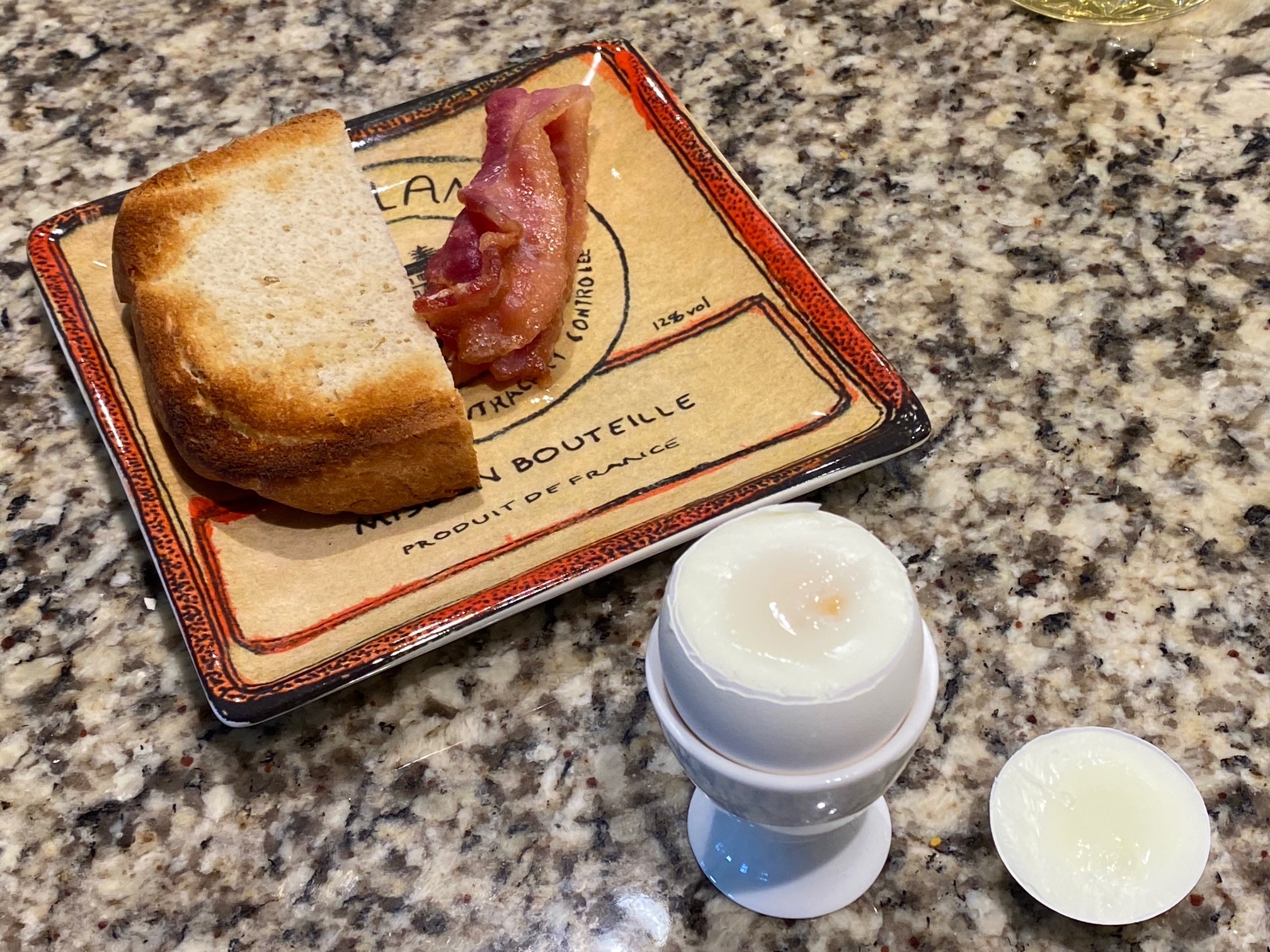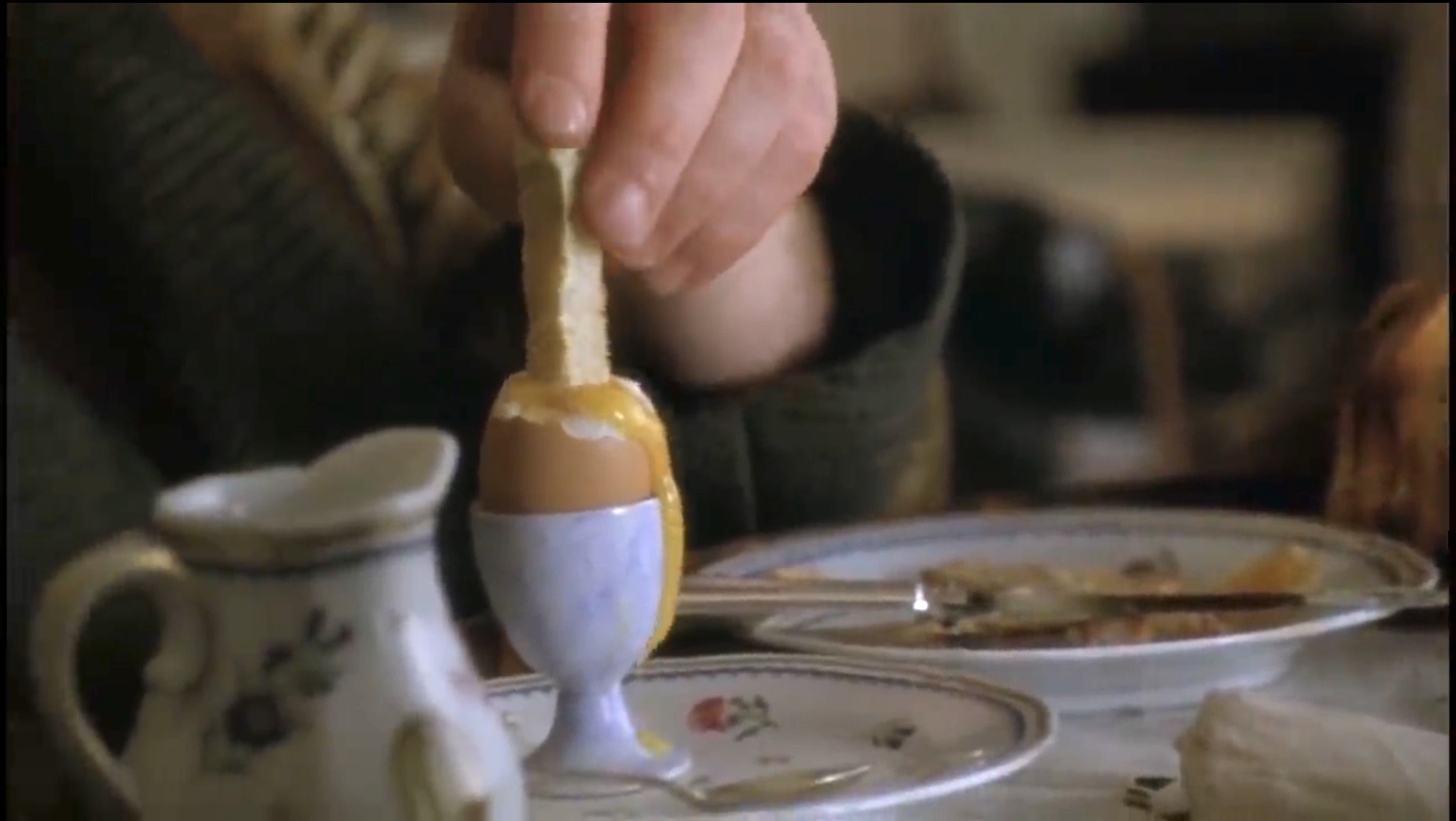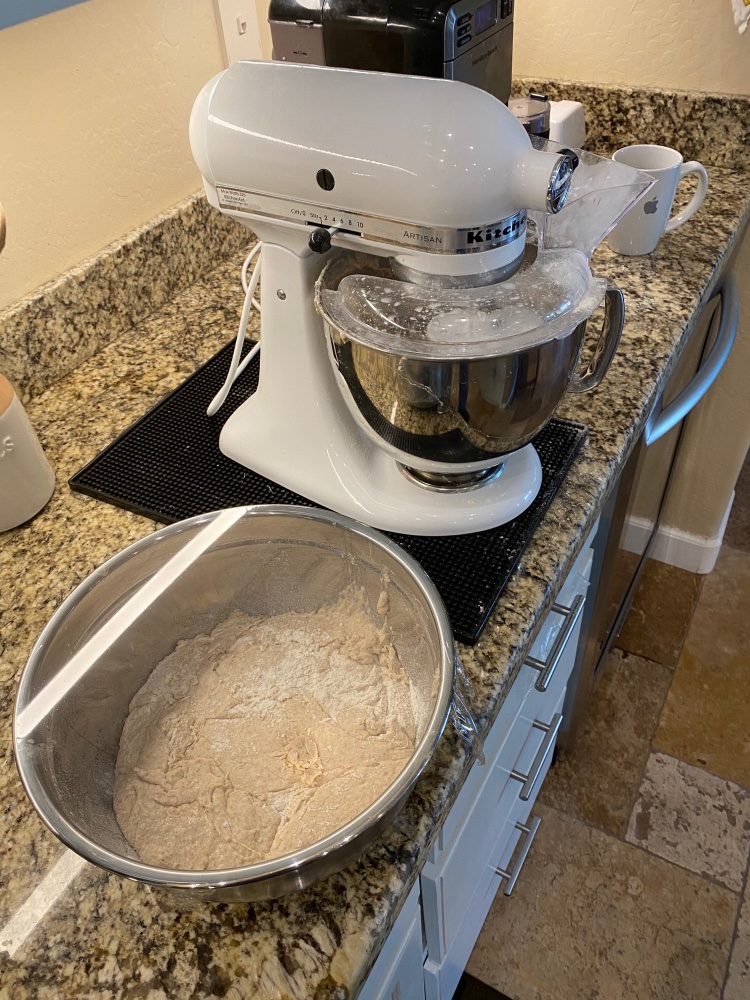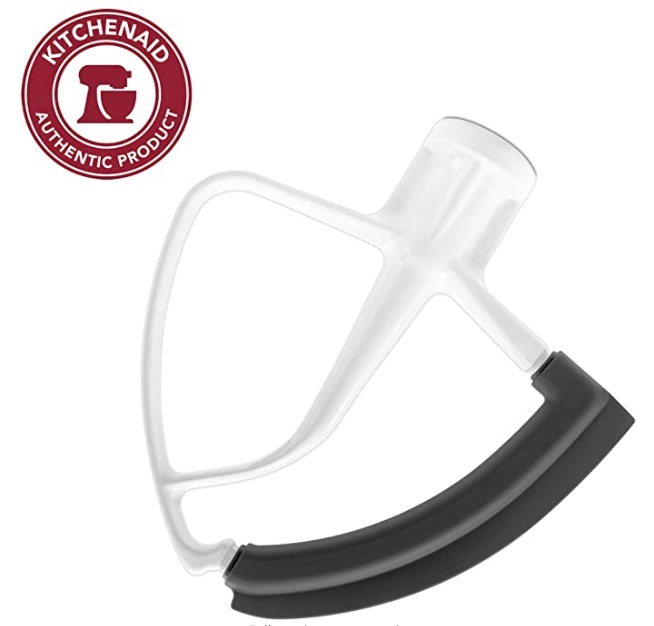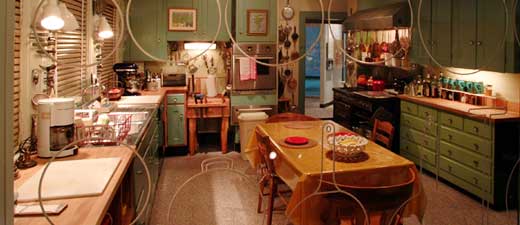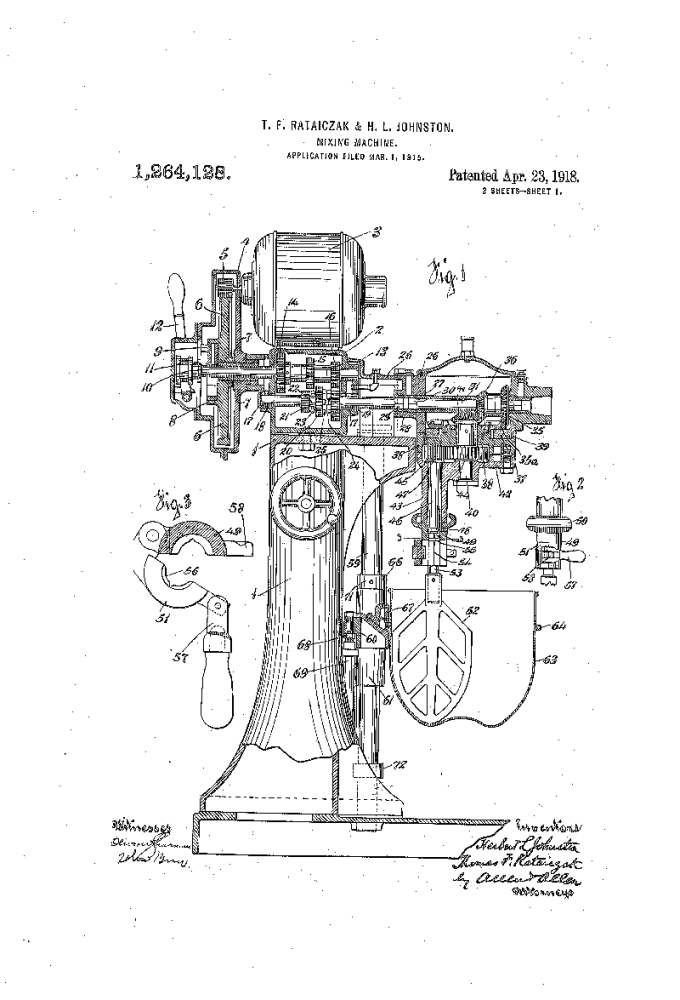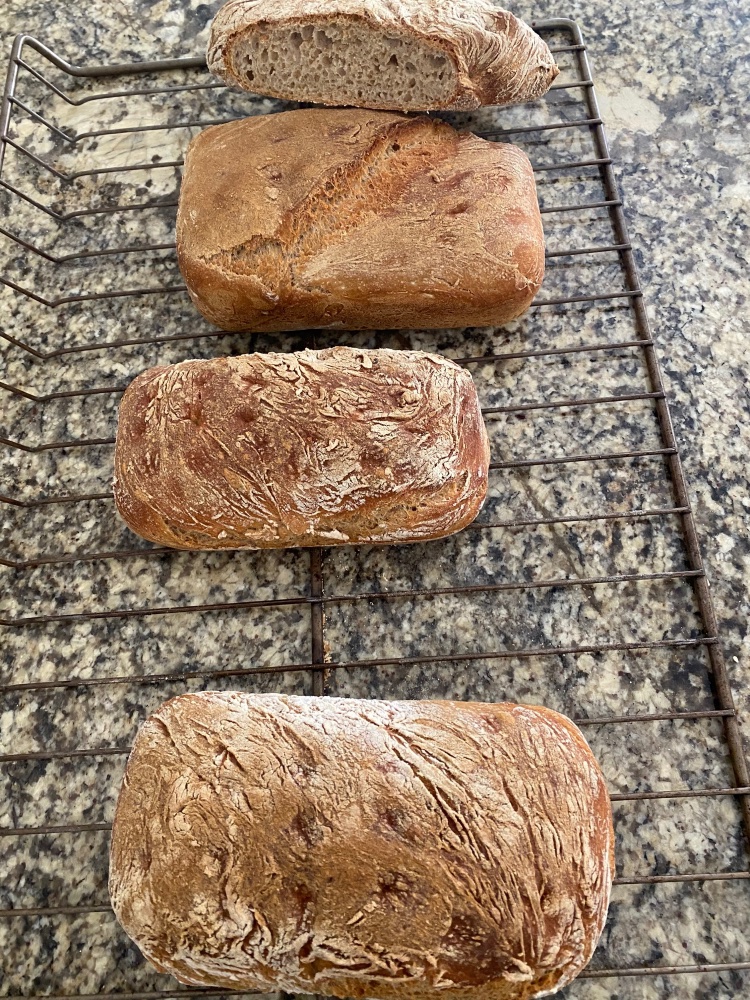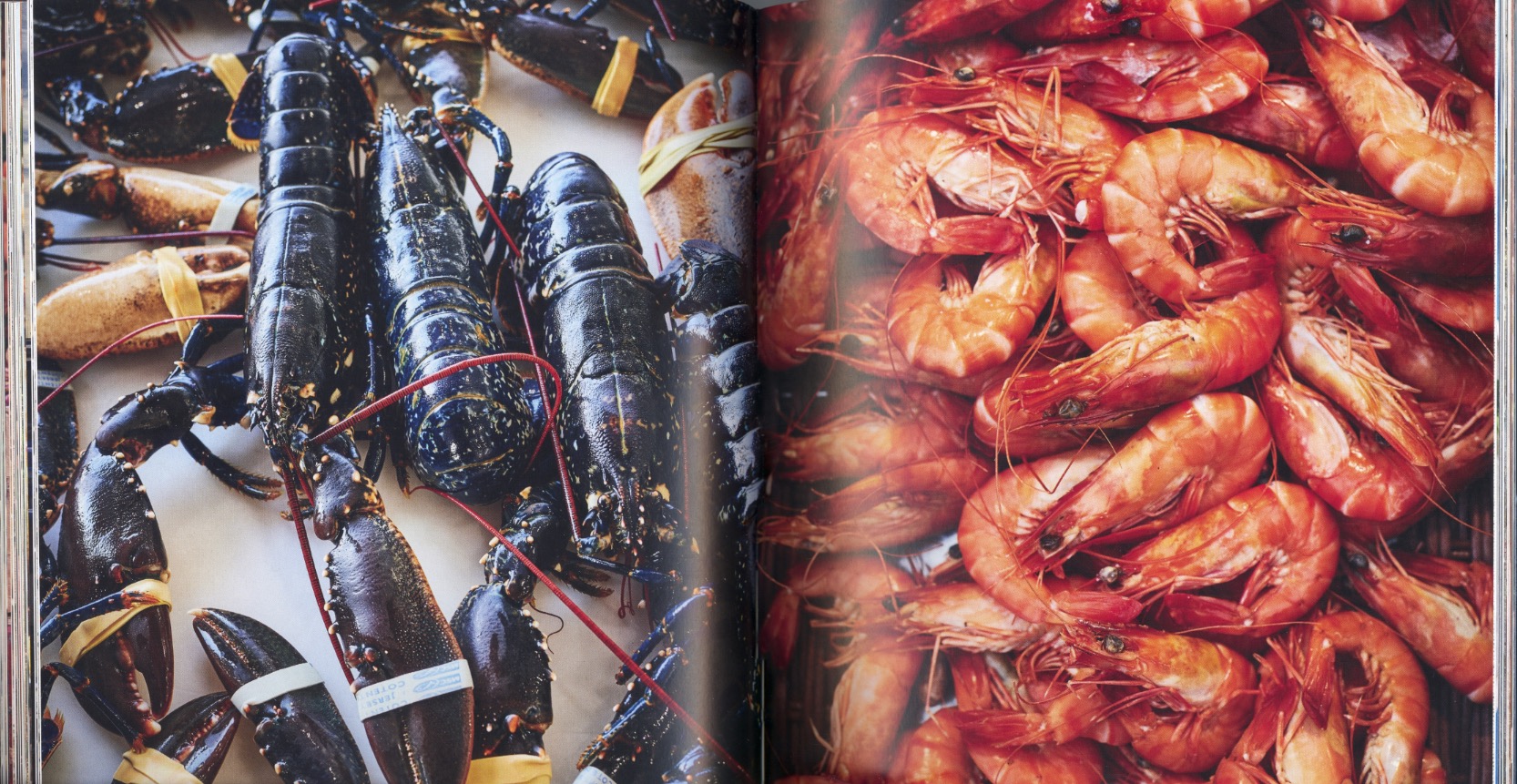Properly cooked rice. Finally.
This is one of an occasional series on cooking devices which make a difference. For an index of cooking articles on this blog click here.
Purchase considerations:
I haven’t been eating that much rice this past decade, a period which, not coincidentally, coincides with my outlay of $10 on a rice cooker from Walmart. Named the Aroma it did nothing so much as stink. The outside would get dangerously hot – I’m talking burns if you touch it – and it was criminally incompetent in discharging its appointed task, that of making fluffy, nutritious rice. Just the thing, in other words, for the Walmart shopper and boy, did I ever get what I deserved?
So after every use I would swear at it lustily, promising myself to never trouble it again. Our relationship finally came to an end when the last batch of rice this execrable excrescence ever produced was burned on the bottom and raw on the top. Accompanied by a healthy and most satisfying kick, it ended up in the recycle bin.
After much research one manufacturer’s name kept cropping up, accompanied by praise as often as not. Zojirushi. Now I’m too old and wise to believe anything I read in Amazon reviews, but I do like to scan the one star ones as it’s probably unlikely anyone is actually paid to write those. Only 4% of ‘reviewers’ (chaps with a third grade command of the English tongue, without an analytical thought in their make-up) trashed the Zojirushi and their reasons were either that the non-stick coating flaked (yes, this will happen if you place the container in the dishwasher with its extremely high drying temperatures – duh!) or that the device failed after a relatively short period of use. Goodness, how hard is it to give the non-stick surface a rinse and a swipe with a soft sponge?
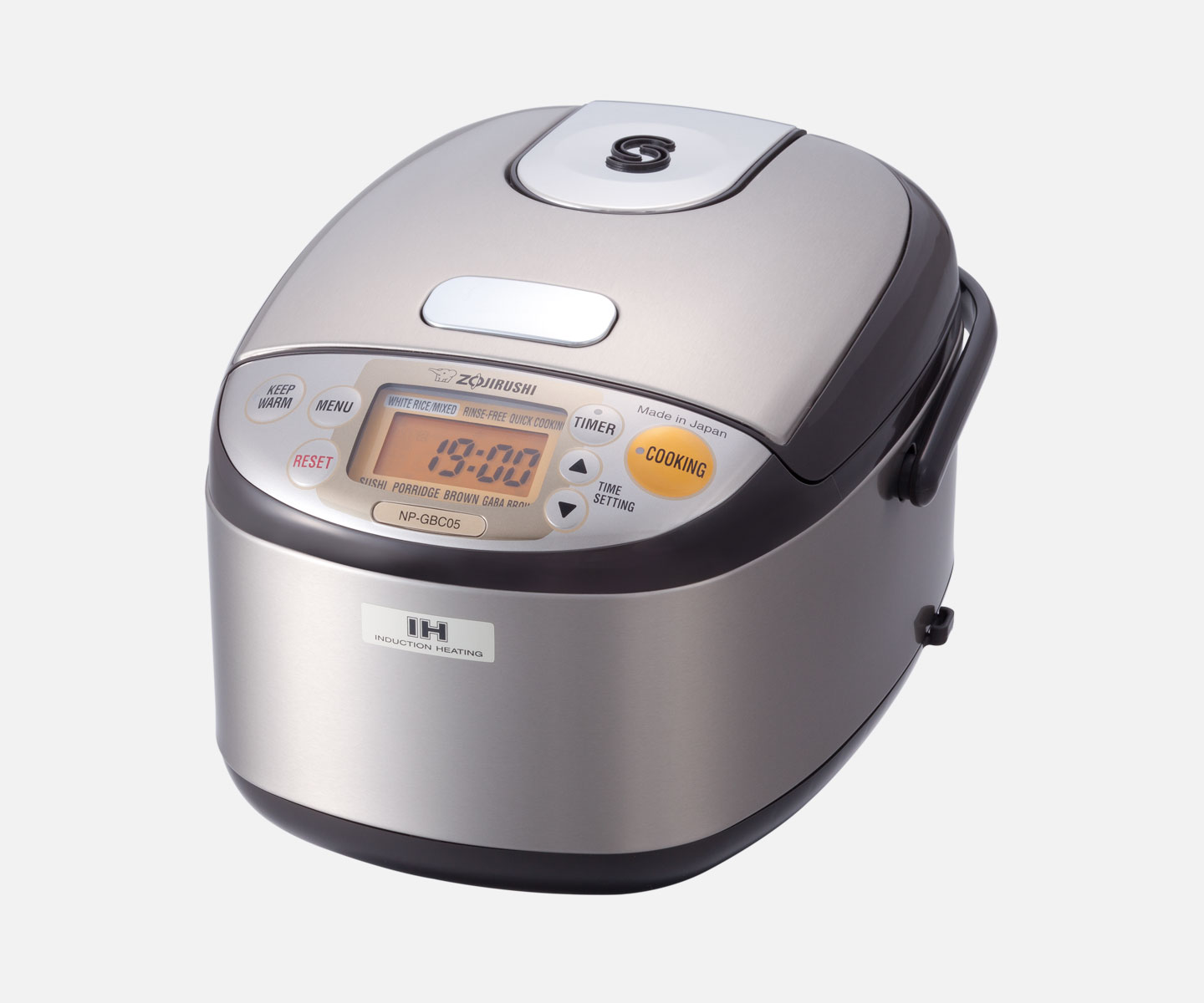
Zojirushi NP-GBC05 Induction Heating System Rice Cooker and Warmer, 0.54 Litre capacity.
The bright chromed lid opening button is a fingerprint magnet. Yes, it’s Made in Japan.
Accordingly, when I bought mine from Amazon I splashed out an additional $40 on a 4 year warranty which includes shipping costs both ways. And while an additional $40 is a lot, the machine alone ran me $180 + tax and I see it is now up to $225. That’s an awful lot of money for a rice maker, but then $10 for the Walmart stinker was a lot considering it never worked properly. Plus I had all the proceeds left over after selling all my MFT gear and buying the iPhone 11 Pro. And it was Christmas.
Use:
How is it to use? The machine has a 24 hour clock and can be set so that the rice is ready at a stated time. A batch of rice – whether 1/2 cup for one person or 3 cups for six (not 2 as engraved on the container) – takes 50 minutes to cook. Owing to the use of induction coils which surround the removable, non-stick container, heating is even throughout the rice and even on a first try the result was near perfect. I use common or garden Mahatma long grain white rice (newly bought after the old lot moldered in a container for years) and made the mistake of washing the rice before cooking. I used the clear 6.1 oz. container provided. The result was too mushy. So on a second try I did not wash the rice (in fact the rice packet says not to wash before cooking) and slightly cut the water. I used the green 5.8 oz. container (a seemingly minor difference, but these Japanese chaps power down a lot of the stuff while cranking out Nikons, so I trust their instructions) and slightly under-filled the container with water, thus:
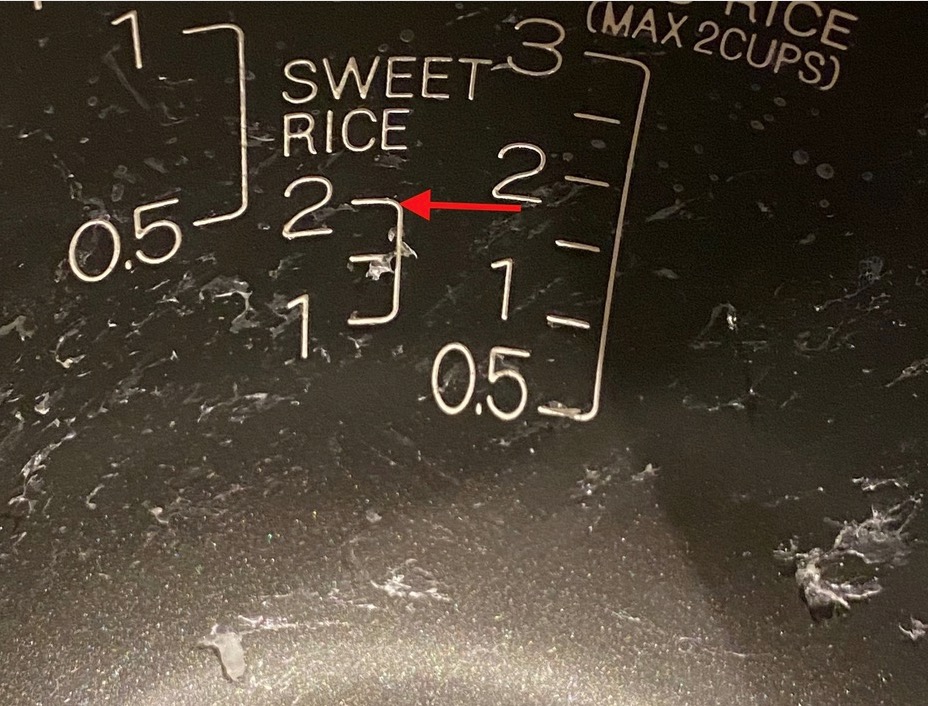
Zojirushi water level for two cups of rice, enough for four people.
I went for the ‘sweet rice’ level, which is just a tad below the regular rice one. The result has been perfect the last three times, which means we have already eaten more rice in a week than in the past year. Thank you, Walmart. Incidentally, a Zojirushi ‘cup’, measured using their provided containers, is about 3/4 of a standard American cup. The Japanese, sumo wrestlers apart, are a small people ….
There are also settings for porridge (yecch!) and brown rice, the latter with an optional three hour presoak to allegedly improve release of chemicals which will double your fertility and put 35 points on your IQ. Uh huh! The special offer on the Brooklyn Bridge arrives after you mail in the warranty card.
The use instructions are written in perfect English (they must have used a Japanese to do the translation) and are clear and unambiguous.
Safety? Except for the small area on top, marked with two ‘C’ characters’ denoting the steam vent, you can cradle the device in your hands all day long, for it is properly insulated. And speaking of Nikons, the quality is comparable to that of those (mostly) well made prosumer cameras. Meaning it’s really good. The parts fit properly and the seams are even, just like on a Toyota. Not a whole lot seems to be going on during the cooking cycle except for the release of a few wisps of steam towards conclusion. There’s a folding carrying handle and if the 3 cup capacity is too low, Zojirushi will be happy to take more of your money for a larger one. Their site is here. Rice readiness is indicated by a sweet little melody which can be changed to beeps or to silence. Amazingly some Amazon reviewers complain the default melody cannot be turned off – these are the ones with 3rd grade reading skills.
The device will keep your rice warm for over 12 hours, but you are instructed to fluff it up after the conclusion of the cooking cycle, using the provided spatula.
Stupid design error:
So all is sweetness and light, and your wallet is lighter, too. Great rice every time, after a lengthy cooking cycle, but you simply program the timer to be ready at mealtime and load up the rice and water well in advance. No big deal.
But it wouldn’t do to make a perfect product and Zojirushi well and truly soils the sheets with its battery installation. The machine includes a small battery whose purpose, best as I can tell, is to keep the 24 hour clock running when it’s unplugged and to retain programming instructions for the readiness time. Zojirushi has yet to discover the EPROM, patented almost a half century ago. That battery is soldered to the circuit board, which means that you have to ship it back should the battery fail and you cannot live without retained programming instructions. (If you want to avoid programming, simply load her up and press the big yellow ‘Cooking’ button and your rice is ready in 50 minutes). So if you want to avoid paying for the shipping and repair costs because some twit decided to solder the battery in place, buy the warranty, as I did. You can bet that the round shipping trip plus repair costs will exceed $200 so the risk/reward on the cost of the warranty probably solves.
I rather suspect that the battery issue goes away if you keep the machine connected to the mains at all times, but I prefer to store it in the pantry in the interest of maximizing available countertop space.
Conclusion:
I cannot speak to longevity, yet, but the induction model Zojirushi makes perfect rice every time and has one idiotic design error, a memory battery soldered to the circuit board. A determined user would drill the casing and install an external battery holder, soldered into that circuit board. I can see doing that when the warranty expires and the battery dies the day after. Is it worth over $250 with warranty cost? How much rice do you eat and how much do you have left over after selling your antediluvian photo gear and buying the iPhone 11 Pro?


